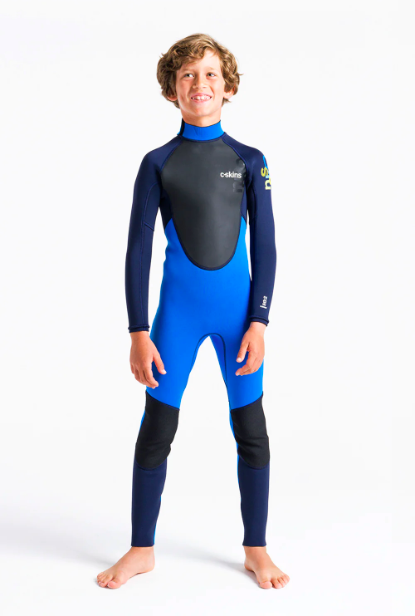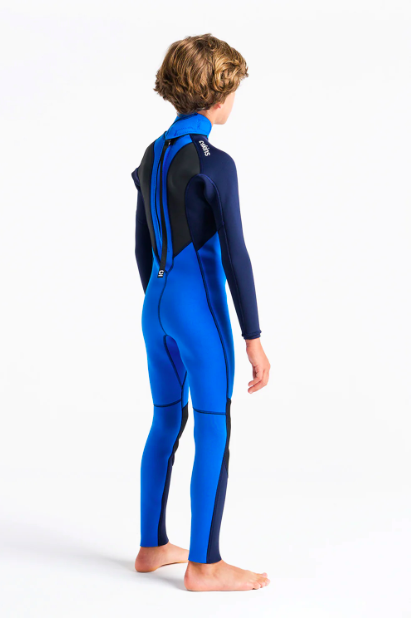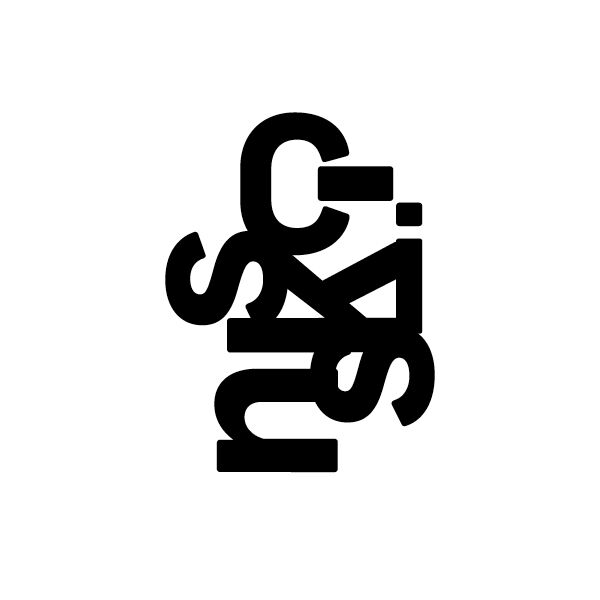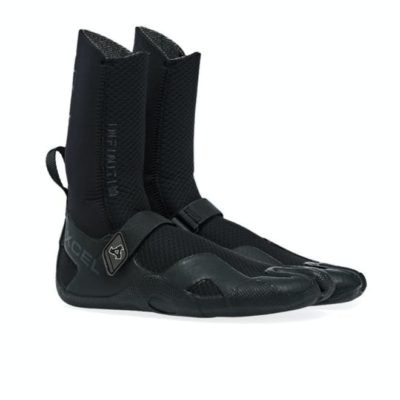Description
The C-Skins Element summer wetsuit is the perfect suit for someone who wants to spend time in the water during the summer period. The flatlock seams give a lot of strength to the suit and it will last you for years when looked after properly. This entry level wetsuit is super comfortable, flexible and super easy to get in and out of when you can’t wait to get in.
The Element series brings legendary C-Skins fit, warmth and technology to those starting their journey of life in the water. Made entirely of our premium quality True Thickness neoprene, the Element features super stretchy XTend material in the arms and shoulders to help young surfers catch more waves than their mates. A high cut, glideskin coated collar gives great UV protection with no rubbing or rash and special Mesh Skin panels on the chest and back help lock in body heat when the sea breeze kicks up. The Element is the best wetsuit on the market for those discovering the sea.





